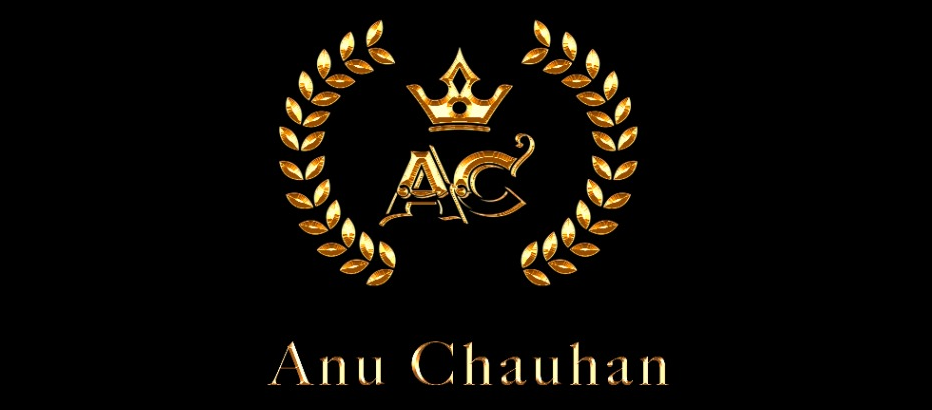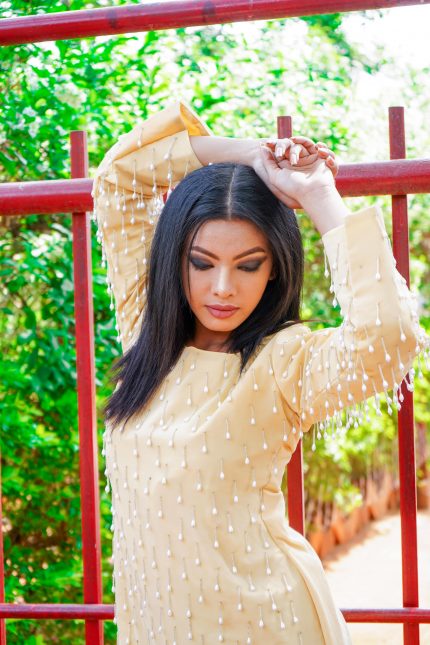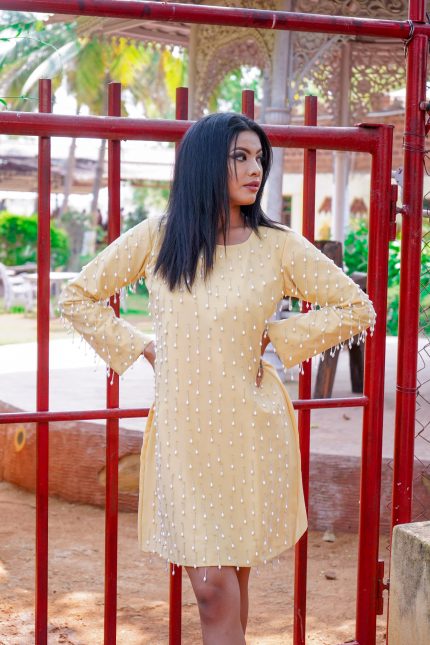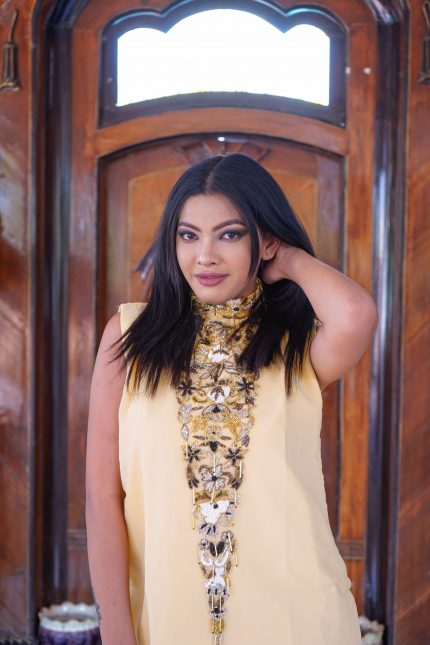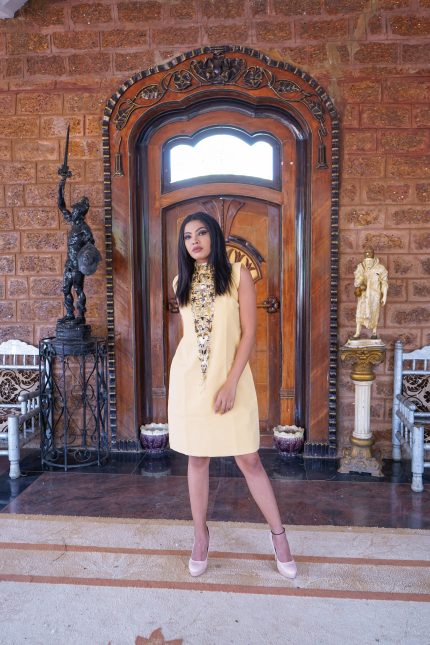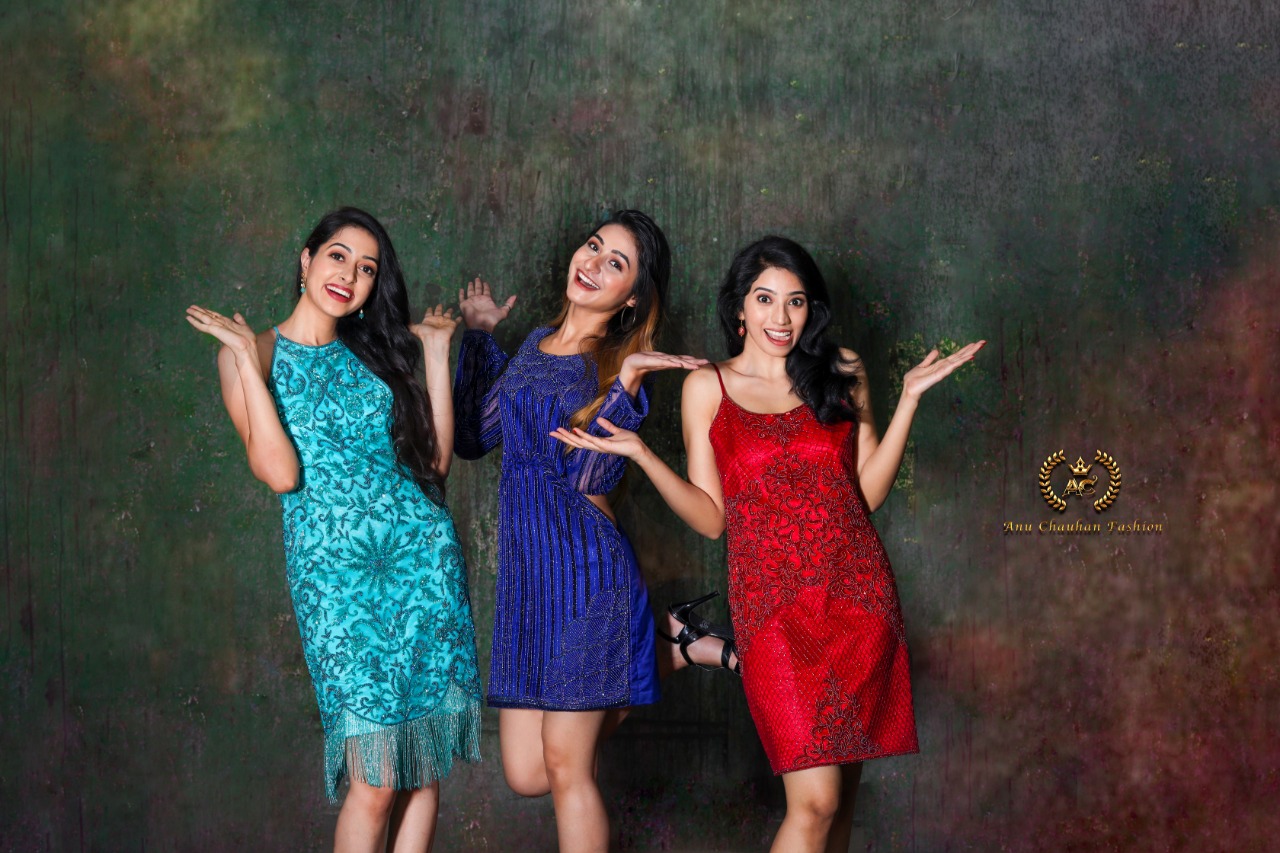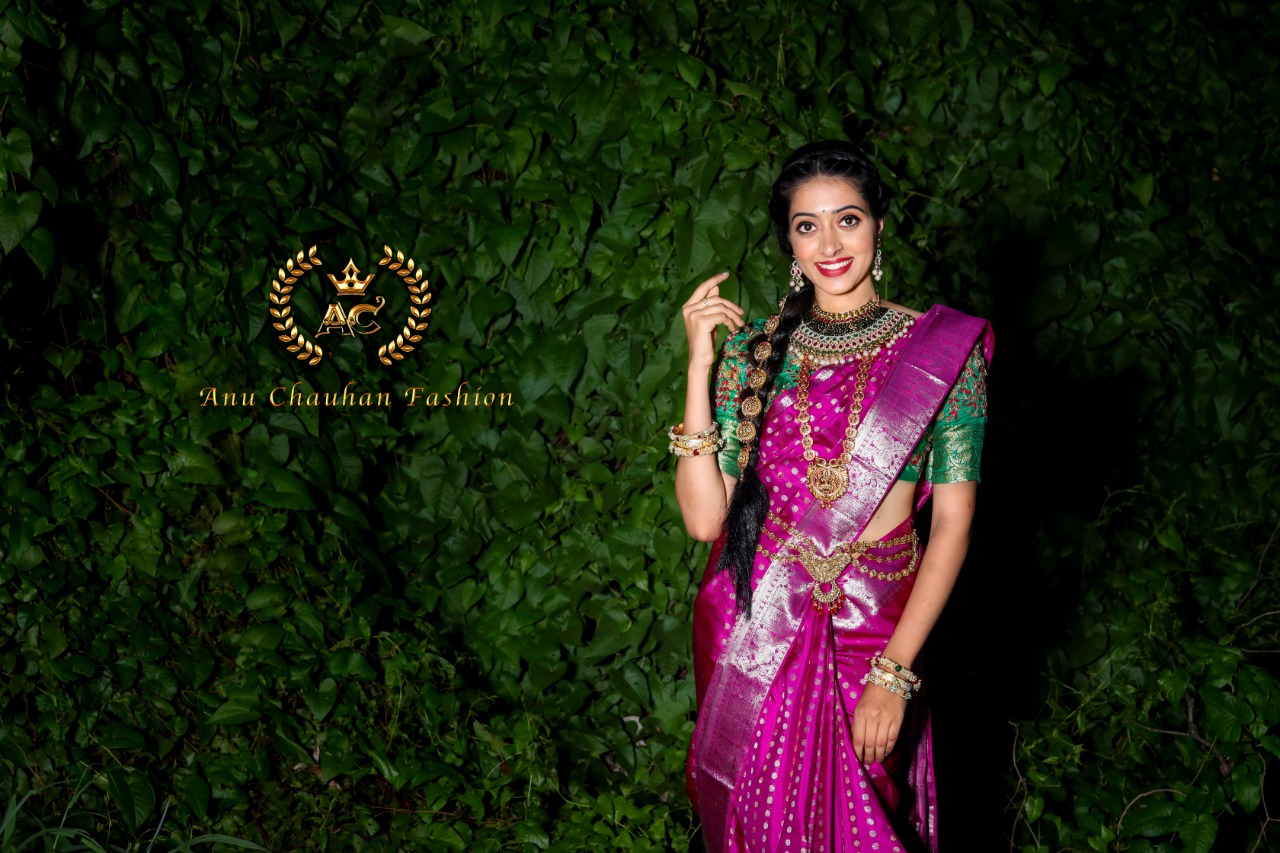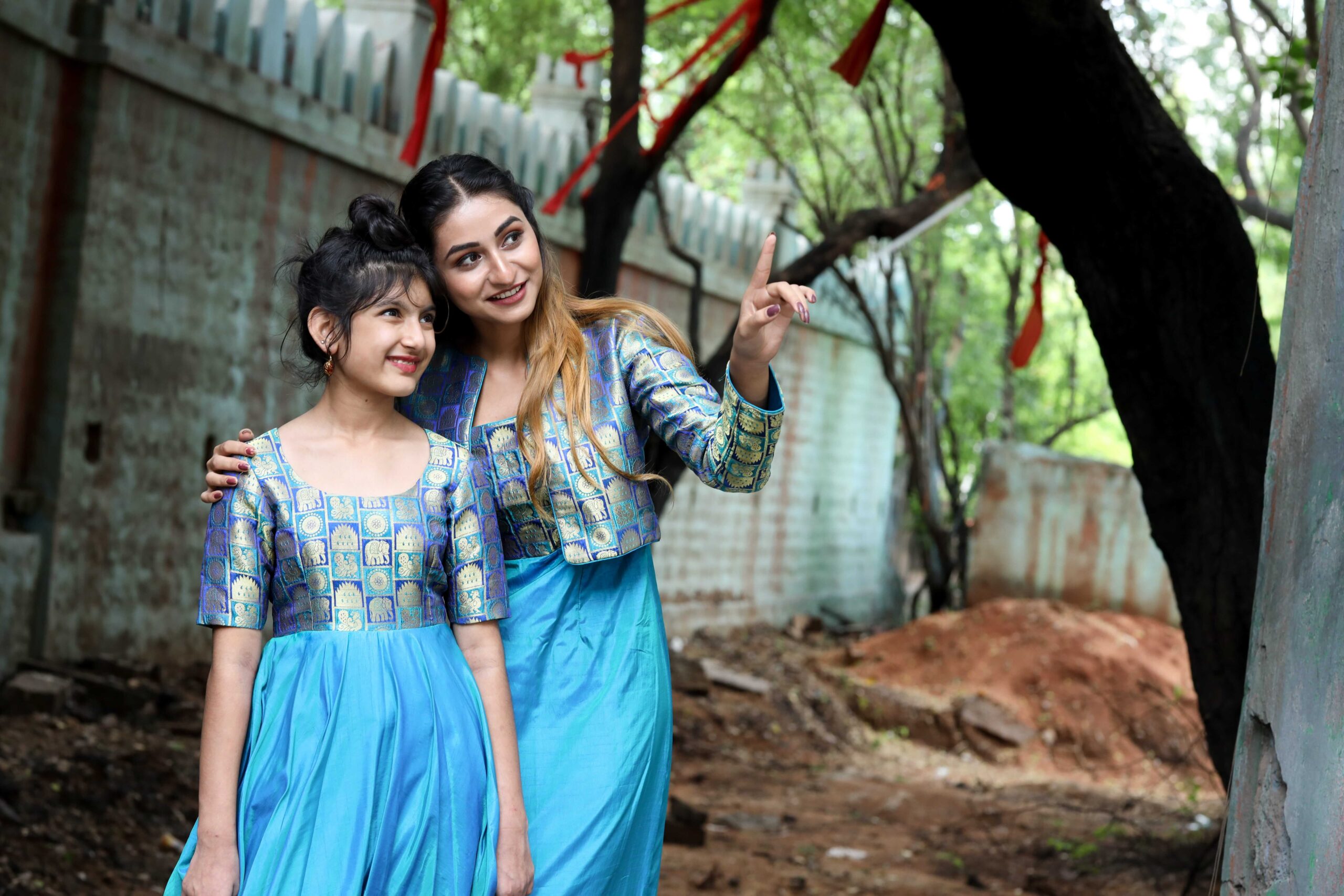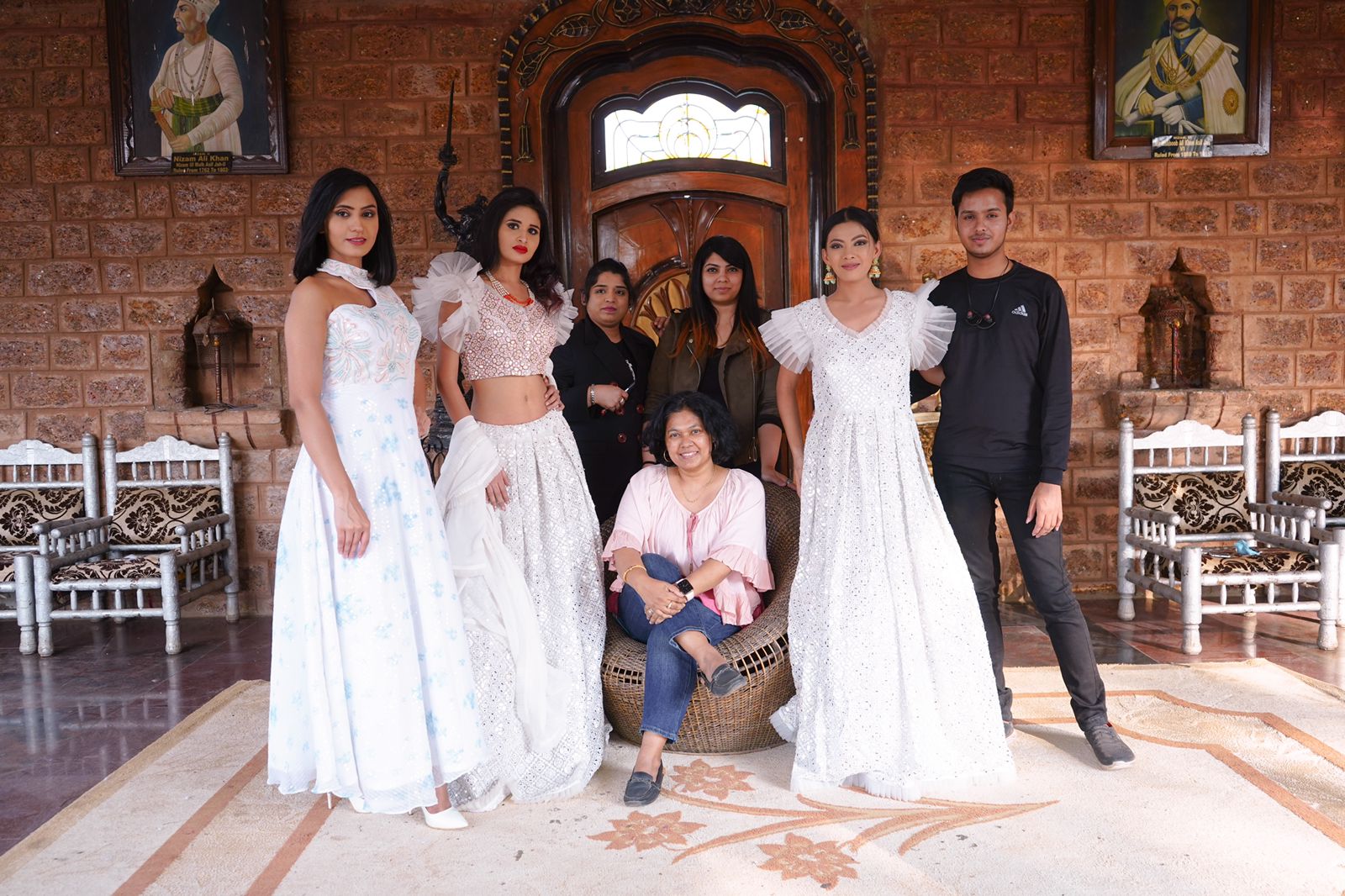Our Story
“The future has arrived and it’s all about dreaming of the past.” During much of the 20th century, collections from different fashion houses often showed a consistent seasonal aesthetic. But by 2000, such cohesion had ceased to exist and individualism was stressed all the more. With nothing ever truly out of style, garments and accessories that once would have been considered seasonal or easily dated were soon absorbed into the realm of “seasonless fashion basics.” The public fascination with the fashion industry grew even further, as fashion-oriented television programs turned fashion terms – such as “red carpet,” “couture,” and “make it work” – into vernacular expressions.
Many established designers expanded their lower-priced lines; several venerable houses and brands were updated; and a number of young designers emerged. A defining strategy was the proliferation of “fast fashion/high fashion” partnerships fashion. The expansion of designers’ diffusion brands, “pre-season” showings, and the concept of “demi-couture” all contributed to the atmosphere of constant activity and increased accessibility.
Eclecticism, choice, and variety characterized fashion. The defining silhouette, fabrics, and color palette of the season, as dictated by designers of the past, were replaced by a multiplicity of trends suggested by retailers, modeled by celebrities, and driven by developments in technology, further enhanced by fashion’s wider geographic reach. As Western fashion became global fashion, by the end of the decade billions of people felt they had a stake in fashion, whether through purchasing their own wardrobes or “visually consuming” clothes created by their favorite designers or worn by celebrities.
Despite a global outlook, regional styles and preferences still affect fashion. Even in an era that privileges individual choice, fashion still depends on the cycle of desire and disdain, or else “fashion” will cease to exist.
Anu Chauhan: The Designer
Coming from a family of Pharma Industrialists, Anu Chauhan began her own fashion brand in 2019 with a collection, made by some of the highly trained Indian craftsmen, who create exclusive design on western as well as Indian dresses.
Anu Chauhan Fashions team work in concert and always in perfect harmony with the couturier, perpetuating age-old skills handed down from generation to generation, conveys that additional whisper of eternity that is the hallmark of the true work of art.
As a result, these brilliant craftspeople – pattern makers, dressmakers, alterations specialists, designers and embroiderers – together epitomize a peerless sense of luxury.
The luxury of the exclusive comes next, because all that hand-made embroidery, not to mention the fabrics, the patterns and the colors, are all specially thought through and designed.
Company Profile
Anu Chauhan Fashions (OPC) Pvt Ltd designs, manufactures, markets and retails a portfolio of women’s branded apparel across multiple brands. It sells its products via multiple distribution channels across India and other countries. Its product portfolio includes top-wear, drapes, combination-sets and accessories that cater to a variety of wardrobe requirements of the Western and Indian woman, with special focus on occasion wear.
CallaDi is a premium occasion wear brand of Anu Chauhan Fashions, with elegant designs catering to women’s apparel requirements for evening wear and occasions such as weddings, events and festivals. This collection blends the ancient heritage with a modern twist, a signature to which the House is very loyal, with a mission for a continuous quest for craftsmanship, glamour and reverie.
Anu Chauhan Fashions
Today, luxury is defined predominantly as a state of great comfort or elegance involving a considerable expense, an inessential and desirable item, or a pleasure to be obtained only rarely on special occasions. But, as the world of consumer demand and consumer behavior changes, so needs to evolve the meaning of luxury. It is increasingly difficult for luxury brands to remain relevant while operating solely under the old belief and paradigm of what constitutes luxury. The traditional codes of luxury such as excess and opulence are quickly fading away, while new codes of luxury are emerging.
- Feeling our authentic selves: becoming more of who we are and expressing ourselves authentically
- Creating meaningful experiences and rich life: both rich inner life and the life we share with others
- The democratization of luxury: being accessible to celebrate the miracle of life in the moment versus to be used only rarely on special occasions or in excess
- Being an essential item: luxurious in design, comfort and fit but an item we can use every day to express who we are because the authentic self is integrated; there are no longer any special occasions for luxury, life itself is a special occasion to be cherished
- Premium lasting value: luxury is inherently sustainable and worth the investment as it offers longevity; investing in durable, high-quality pieces is a more effective cost strategy overtime than partaking in a waste culture driven by fast production models; understanding the difference is where the respect and social prestige now come from.
